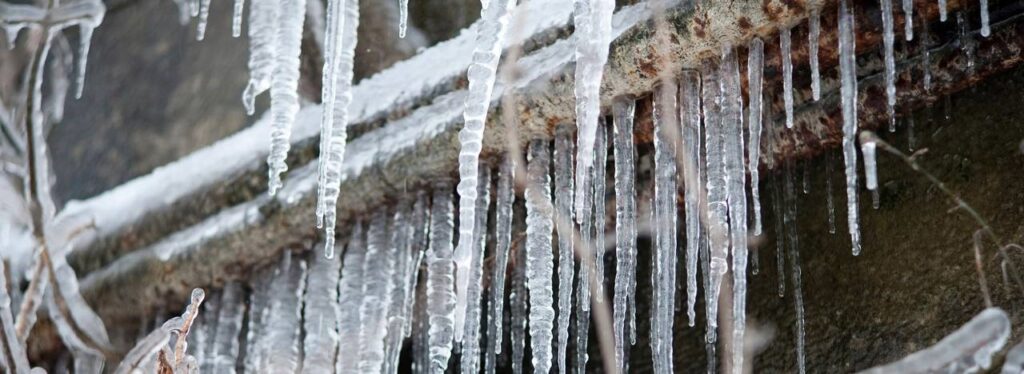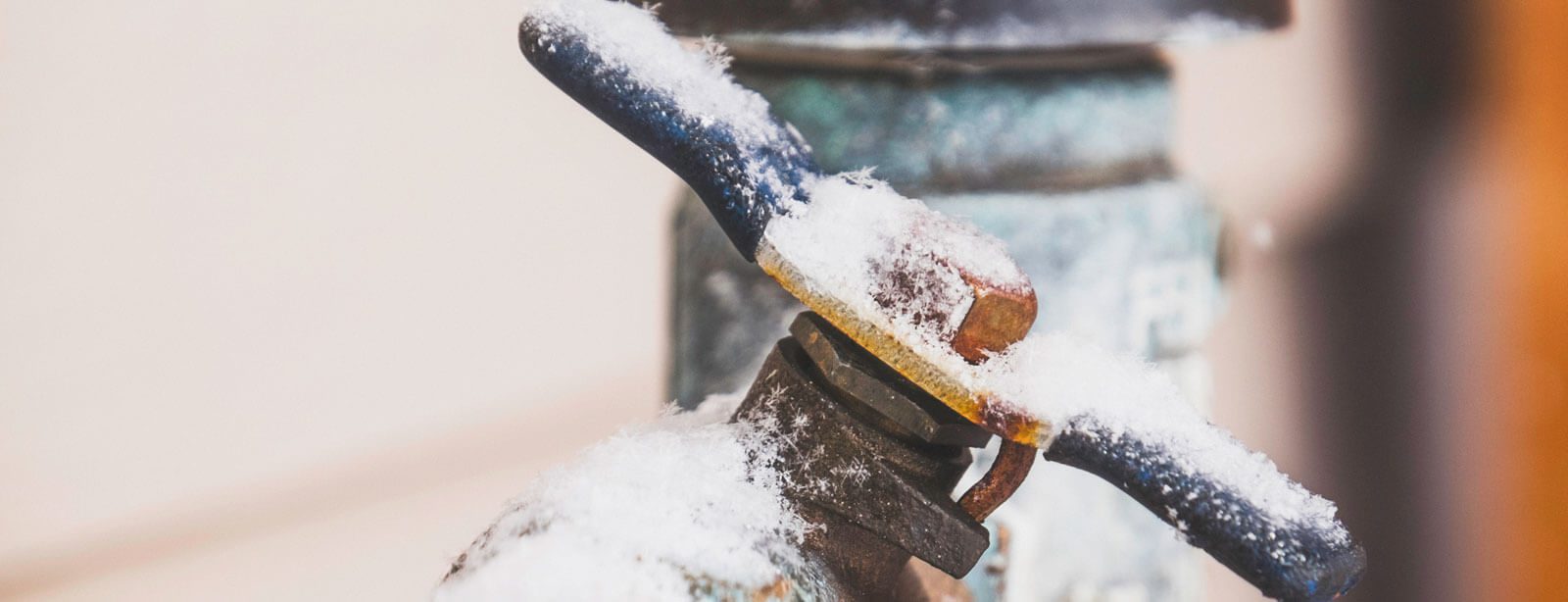We have encountered the article on Winter Plumbing Precautions: Preventing Frozen Pipes directly below on the web and figured it made perfect sense to write about it with you in this article.

Cold weather can damage your plumbing, specifically by freezing pipelines. Right here's just how to prevent it from taking place and what to do if it does.
Intro
As temperature levels decrease, the risk of icy pipelines boosts, potentially leading to expensive repairs and water damage. Understanding how to prevent icy pipes is vital for house owners in chilly climates.
Understanding Icy Pipes
What creates pipes to ice up?
Pipes ice up when revealed to temperature levels listed below 32 ° F (0 ° C) for prolonged periods. As water inside the pipelines freezes, it expands, taxing the pipe walls and possibly creating them to burst.
Threats and damages
Icy pipes can lead to water disruptions, residential or commercial property damages, and expensive fixings. Burst pipelines can flooding homes and cause substantial architectural damage.
Indications of Frozen Water Lines
Identifying frozen pipes early can avoid them from rupturing.
Exactly how to recognize icy pipelines
Seek decreased water flow from faucets, unusual smells or sounds from pipes, and noticeable frost on subjected pipes.
Avoidance Tips
Protecting vulnerable pipelines
Wrap pipelines in insulation sleeves or utilize warmth tape to protect them from freezing temperature levels. Focus on pipelines in unheated or outside areas of the home.
Home heating techniques
Keep interior areas appropriately heated up, especially areas with plumbing. Open cupboard doors to enable warm air to flow around pipes under sinks.
Safeguarding Exterior Plumbing
Yard hoses and outside taps
Detach and drain yard tubes before wintertime. Install frost-proof faucets or cover exterior taps with shielded caps.
What to Do If Your Pipelines Freeze
Immediate activities to take
If you think icy pipelines, maintain taps open up to ease stress as the ice thaws. Utilize a hairdryer or towels soaked in warm water to thaw pipelines gradually.
Long-Term Solutions
Architectural changes
Consider rerouting pipelines far from outside walls or unheated areas. Include added insulation to attic rooms, basements, and crawl spaces.
Upgrading insulation
Invest in top notch insulation for pipelines, attics, and walls. Correct insulation helps keep constant temperature levels and lowers the danger of frozen pipelines.
Conclusion
Stopping frozen pipes needs aggressive measures and quick actions. By understanding the causes, indications, and safety nets, property owners can safeguard their pipes throughout winter.
6 Proven Ways to Prevent Frozen Pipes and Protect Your Home
Disconnect and Drain Garden Hoses
Before winter arrives, start by disconnecting your garden hoses and draining any remaining water. Close the shut-off valves that supply outdoor hose bibs and leave the outdoor faucet open to allow any residual water to drain. For extra protection, consider using faucet covers throughout the colder months. It’s also important to drain water from any sprinkler supply lines following the manufacturer’s directions.
Insulate Exposed Pipes
Insulating your pipes is an effective way to prevent freezing. Pipe insulation is readily available at home improvement stores and is relatively inexpensive. Pay close attention to pipes in unheated areas such as the attic, basement, crawl spaces, or garage. Apply foam insulation generously to create a buffer against the cold. You can also wrap your pipes in heat tape or thermostat-controlled heat cables for added warmth.
Seal Air Leaks
Inspect your home for any cracks or openings that could let in cold air. Seal any holes around the piping in interior or exterior walls, as well as the sill plates where your home rests on its foundation. Additionally, make sure to keep your garage door closed unless you’re entering or exiting. Leaving it open creates a significant air leak that can lead to frozen pipes.
Allow Warm Air Circulation
During cold snaps, it’s essential to allow warm air to circulate evenly throughout your home. Leave interior doors ajar to promote better airflow. Open kitchen and bathroom cabinets to help distribute heat consistently around the rooms. If you have small children or pets, be sure to remove any household chemicals or potentially harmful cleaners from open cabinets for safety.
Let Faucets Drip
A small trickle of water can make a big difference in preventing ice formation inside your pipes. When temperatures drop significantly, start a drip of water from all faucets served by exposed pipes. This continuous flow helps prevent the water from freezing. Additionally, running a few faucets slightly can relieve pressure inside the pipes, reducing the chances of a rupture if the water inside does freeze.
https://choateshvac.com/6-proven-ways-to-prevent-frozen-pipes-and-protect-your-home/

I ran across that review about How To Avoid Freezing Pipes while scouting around the search engines. Those who appreciated our blog post kindly don't forget to share it. Kudos for being here. Please come by our site back soon.
Book Service Now
Comments on “Crucial Advice for Preventing Frozen Pipes in Winter Seasons”